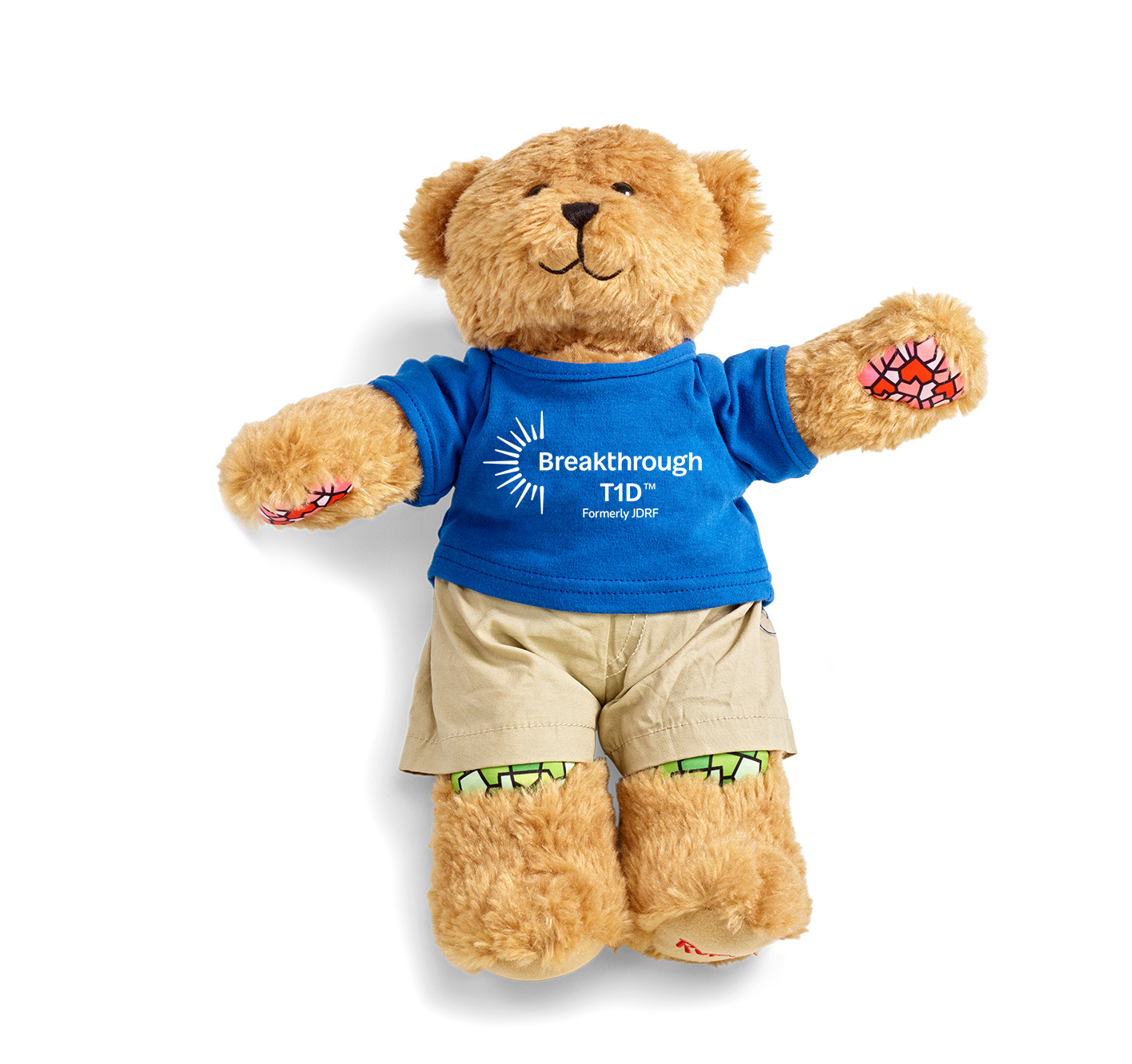
Rufus, the Bear with Diabetes
by JDRF (Juvenile Diabetes Research Foundation)
Published by JDRF
Published: 1996 (updated 2019)
Picture book + plush bear with practice patches
Recommended for:
1) Making diabetes approachable
Rufus "has diabetes too," so he models courage and everyday routines—blood sugar checks, insulin doses, and wearing medical devices. By watching Rufus, kids learn these tasks are normal, safe, and doable.
2) Teaching through play
The bear has soft practice patches on his body where children can pretend to give insulin injections, place a pump site, or check blood glucose. This hands-on practice turns stressful medical care into child-friendly play.
3) Healthy habits & balance
The book weaves in lessons about:
4) A supportive companion
Rufus is not just a teaching tool—he's a friend and comfort item. The book encourages children to take Rufus to school, to medical appointments, and even to bed, so they never feel alone in their condition.
5) Family and school conversations
Parents and siblings are guided to use Rufus when explaining diabetes to others. Teachers and classmates can see Rufus "get his check" before snack or "wear his pump," which helps reduce stigma and build empathy.
- Child-centered design: It speaks in the language of young children, making diabetes less intimidating.
- Interactive: The bear's patches let kids practice self-care tasks in a low-pressure way.
- Comfort + learning: Rufus provides emotional reassurance while teaching routines.
- Widely accessible: Distributed free by JDRF, often at the moment families most need support.
- Simplified information: The content is meant for children; parents will need more detailed resources (e.g. ADA, ISPAD guidelines, or books like *The Type 1 Life*).
- Age range: Rufus works best for children under 10 years old; older kids may see him as "too babyish."
- Medical guidance: Rufus is a teaching tool, not a replacement for diabetes education from a care team.
Note: This is general information, not medical advice. Always follow your care team's instructions.
Using Rufus at home (first weeks after diagnosis)
Using Rufus at school
Using Rufus to build confidence
Best for: Children ages 2–10, especially in the first year after diagnosis.
Pairs well with: Parent-focused guides (*The Type 1 Life*, ADA's school resources, ISPAD guidelines) and community resources (Beyond Type 1, Breakthrough T1D).
Unique role: Comfort + practice + child-centered storytelling—no other diabetes resource combines all three quite like Rufus.
Rufus, the Bear with Diabetes is a powerful bridge between the medical reality of type 1 diabetes and a child's emotional world. It transforms fear into familiarity, gives kids a buddy who "gets it," and makes daily care less daunting.
It's not a comprehensive parent guide, but it is an essential emotional and educational first step for young children adjusting to life with diabetes.